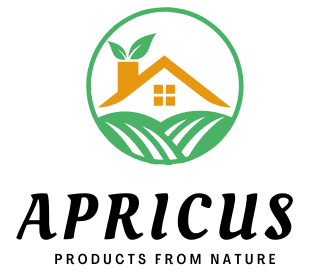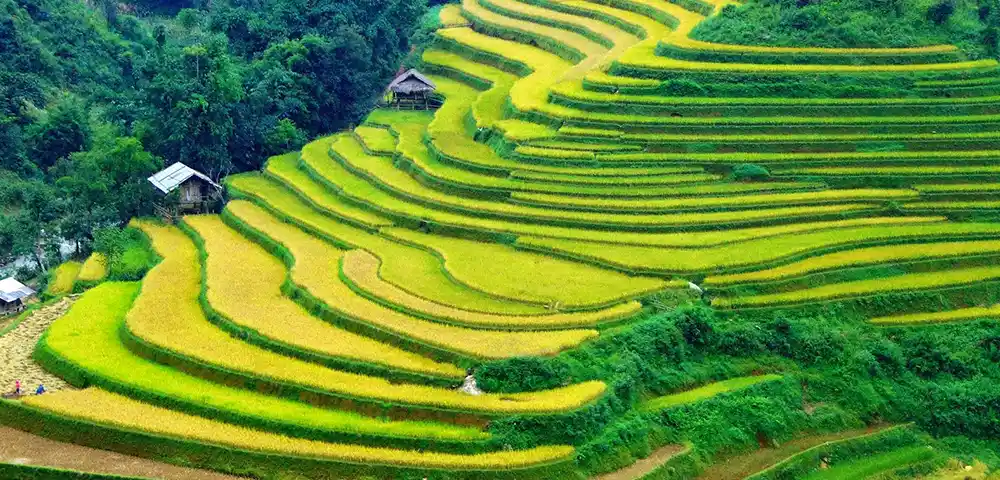Hillside Terracing is a farming technique that involves creating level terraces on steep slopes to increase the amount of usable land for agriculture. This technique is particularly useful for farmers in Jamaica, where steep terrain and heavy rainfall can make traditional farming methods difficult.
Here is a step-by-step guide for Jamaican farmers looking to implement hillside terracing on their land.
Step 1: Survey the land
The first step in implementing hillside terracing is to survey the land and determine the best location for the terraces. This should take into account factors such as slope, soil type, and drainage. Once the ideal location has been identified, the next step is to mark out the boundaries of the terrace using a string line or other marking tool.
Step 2: Prepare the land
The next step is to prepare the land for the terrace. This involves clearing any vegetation and removing any large rocks or debris. Depending on the slope, it may also be necessary to construct a retaining wall to hold back the soil.
Step 3: Build the terrace
Once the land is prepared, the terrace can be built. This typically involves digging a trench along the marked boundaries and using the soil to create a level surface. The terrace should be leveled and compacted to ensure that it will retain water and nutrients.
Step 4: Plant crops
With the terrace built, it is time to plant crops. This can be done using traditional farming methods such as hand planting or using a tractor-drawn planter. The crops should be chosen based on the soil and climate conditions, as well as the farmers preference.
Step 5: Maintain the terrace
The final step is to maintain the terrace. This includes regular watering, weeding, and fertilizing the crops. It’s also important to monitor the terrace for signs of erosion or other issues, and take steps to address them as necessary.
Practical application of this technique can be seen in a few places in Jamaica, particularly in the Blue Mountains. The coffee farmers in this region have been using terracing for centuries to cultivate coffee on the steep slopes. These terraces not only help to prevent soil erosion and increase crop yields, but they also add to the aesthetic appeal of the area. Additionally, many small farmers in Jamaica have adopted terracing to grow a variety of crops such as yams, bananas, and vegetables.
Conclusion
Hillside terracing is a valuable technique for Jamaican farmers looking to increase their land’s productivity and conserve their resources. With a little bit of planning and effort, farmers can create efficient and effective terraces that will help them to grow more crops and earn more income.




